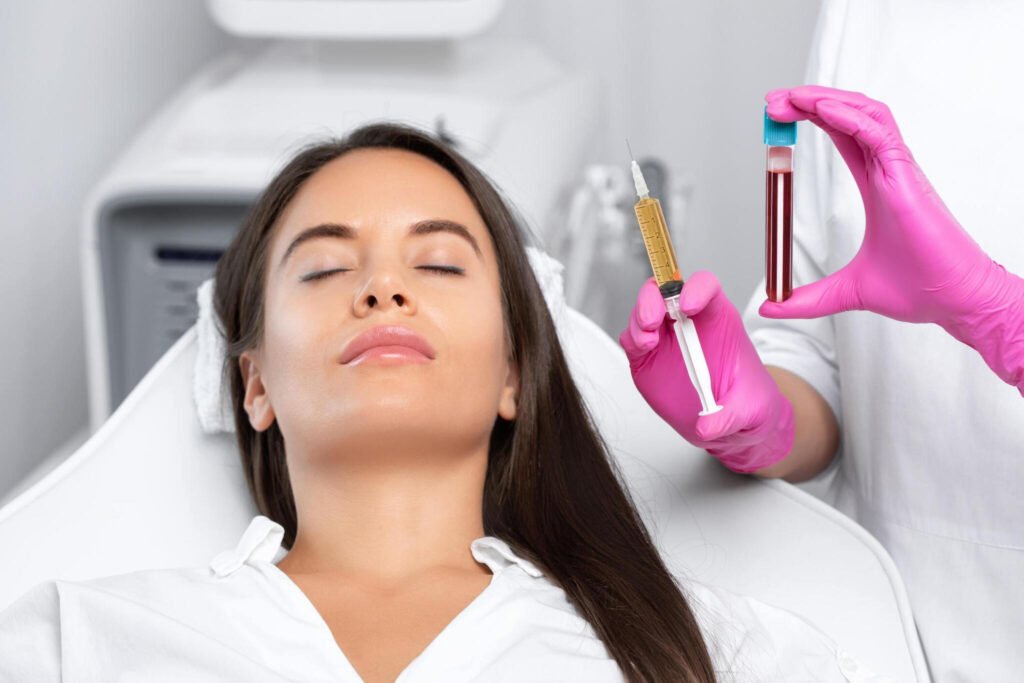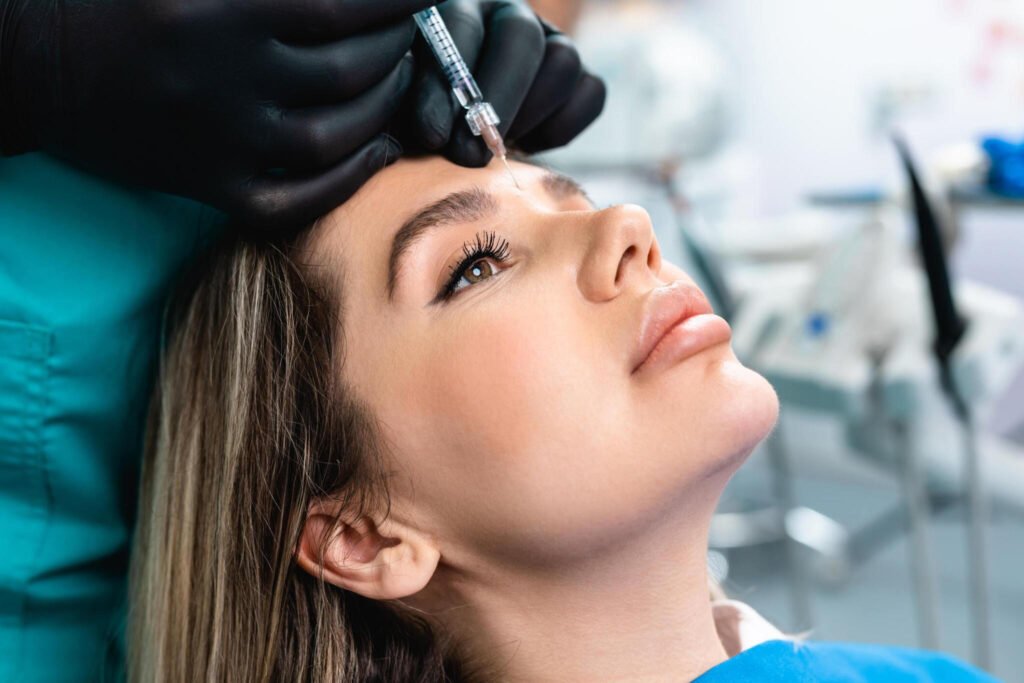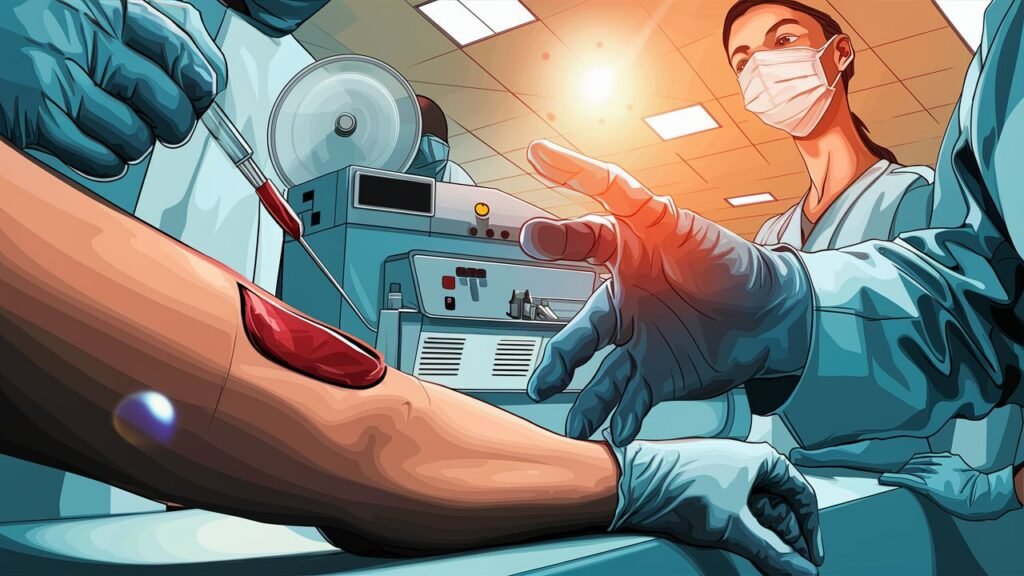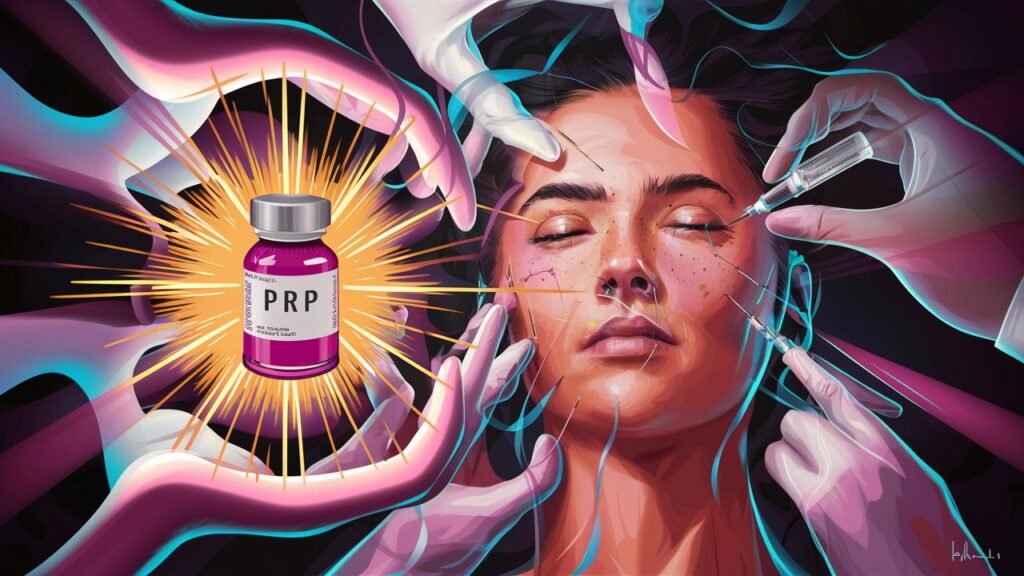
Introduction
Skin health is crucial for overall well-being. With advancements in medical technology, treatments like PRP have gained popularity for their rejuvenating effects. Let’s delve into the world of Skin PRP Treatment and explore its benefits and procedures.
Brief Overview of Skin PRP Treatment
Skin PRP Treatment, also known as Platelet-Rich Plasma Therapy, involves using the patient’s own blood components to promote skin regeneration. It has become a sought-after solution for improving skin texture, reducing fine lines, wrinkles, and acne scars.
Importance of Skin Health
Healthy skin not only enhances appearance but also boosts confidence and self-esteem. Skin is our body’s largest organ, and maintaining its health is vital for protection against environmental elements and retaining a youthful glow.

Definition and Process
Skin PRP Treatment entails extracting a small amount of blood from the patient, processing it to isolate platelet-rich plasma, and then re-injecting this concentrated plasma into the skin to stimulate tissue repair and collagen production.
How it Differs from Other Treatments
Compared to other skin treatments, such as laser therapy or fillers, PRP utilizes the body’s natural healing mechanisms without the use of synthetic substances, providing more natural-looking results.
Benefits of PRP for Skin
Enhances Skin Texture

Treatment of PRP promotes collagen production, which leads to improved skin elasticity and firmness, resulting in a smoother texture.
Reduces Fine Lines and Wrinkles

By stimulating collagen and elastin production, PRP can diminish the appearance of fine lines and wrinkles, restoring a youthful appearance.
Improves Acne Scars

PRP aids in skin regeneration, helping to minimize the appearance of acne scars and promoting smoother skin texture.
The Procedure of PRP Treatment
Initial Consultation

Before the treatment, a thorough consultation with a qualified provider is essential to assess the patient’s skin condition and determine the suitability of PRP therapy.
The Blood Draw

A small amount of blood is drawn from the patient, usually from the arm, and then processed in a centrifuge to separate the platelet-rich plasma.
Application of PRP

The PRP is carefully injected into specific areas of the skin using fine needles, targeting areas of concern for optimal results.
Comparing PRP with Other Treatments
Laser Treatments vs. PRP
PRP focuses on skin regeneration from within, while laser treatments target specific skin concerns through light energy, offering complementary benefits.
Microneedling vs. PRP
PRP can be combined with microneedling to enhance collagen production and skin rejuvenation, providing synergistic effects for optimal results.
Fillers vs. PRP
PRP uses the body’s natural resources to promote skin rejuvenation, while fillers involve injecting synthetic substances to add volume or enhance facial features.
FAQs
Is PRP Treatment Painful?
This treatment may cause mild discomfort during the blood draw or injection process, but providers often use numbing agents to minimize any pain.
How Many Sessions are Needed for Optimal Results?
The number of PRP sessions required varies based on individual skin concerns and goals, with most patients seeing noticeable improvements after a series of treatments.
Can PRP Be Combined with Other Treatments?
It can be combined with other skin treatments, such as microneedling or laser therapy, to enhance results and target specific skin concerns effectively.
